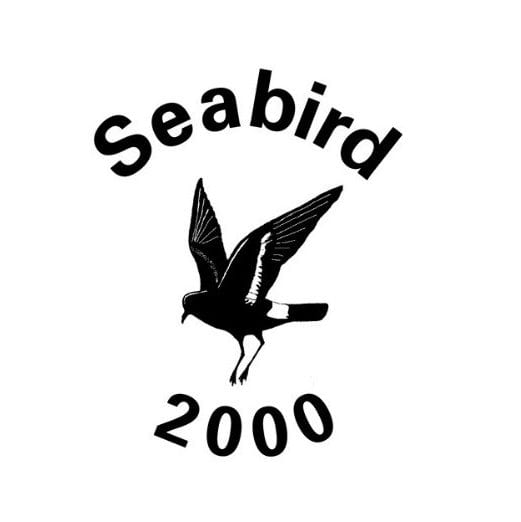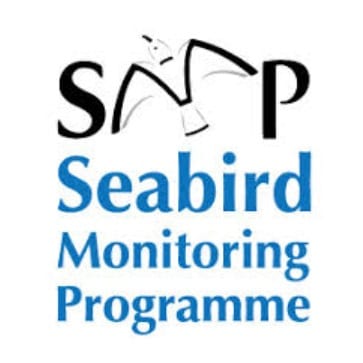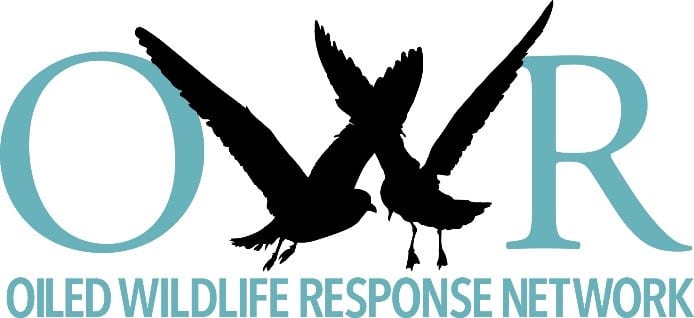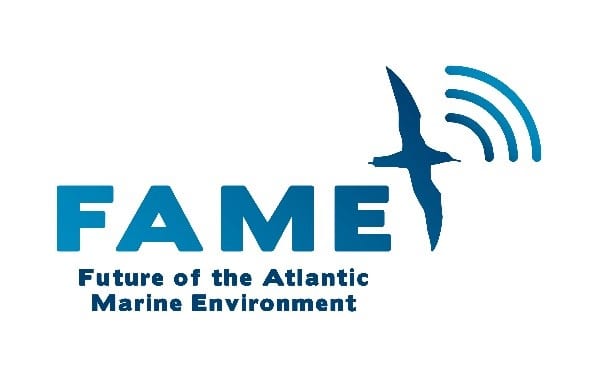Irelands Seabirds
In Ireland we have 24 species of seabirds, dependent on the marine environment for most or all of the year, and breeding in Ireland on our spectacular cliffs and islands. Many occur in internationally important numbers, with 1600 pairs of Roseate Tern on Rockabill, Dublin, making it the largest colony in Europe, while the Blasket Islands of Kerry support a key ‘colony-cluster’ of European Storm-petrels. BirdWatch Ireland is actively involved in the monitoring of Ireland’s seabird populations to help ensure we maintain and enhance their numbers into the future.
Why do we count seabirds?
Seabirds are an excellent indicator of the health of the marine environment that they rely on. BirdWatch Ireland has a long association with monitoring and protecting Irish seabirds. Not only do we own (outright or by lease) and manage several internationally important island colonies such as Little Skellig, Puffin Island and Rockabill but we continually track breeding numbers and success, conduct detailed research on migrations, movements and feeding behaviour using hi-tech bird-borne tags and we help birdwatchers and the general public observe and appreciate seabirds through events and guided nature walks at sites such as Dalkey Island and Ireland’s Eye, both within easy reach by public transport from Dublin.





